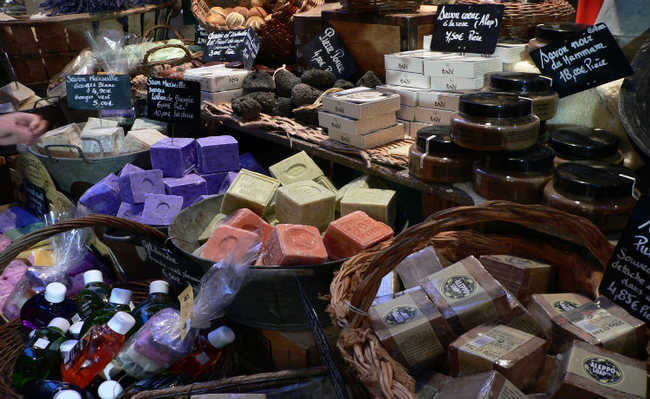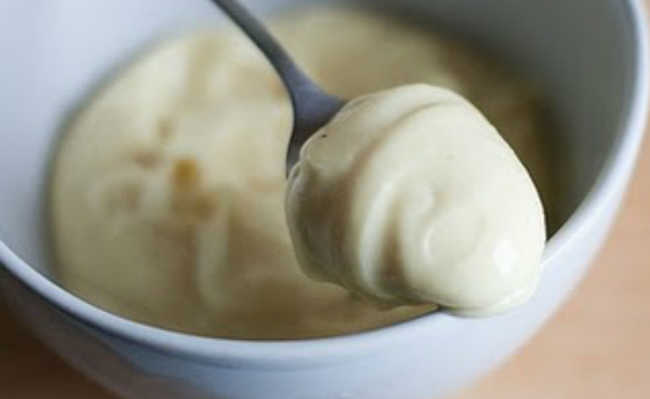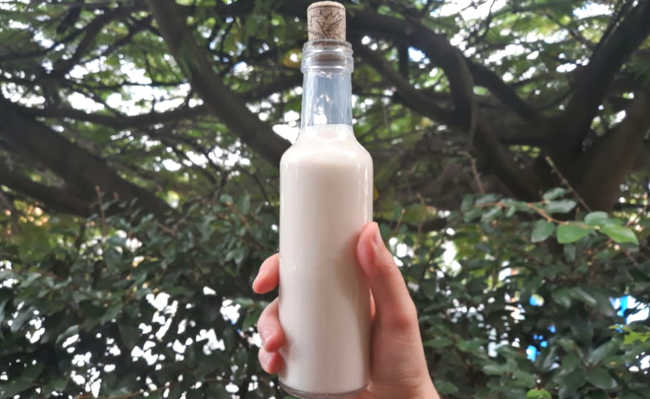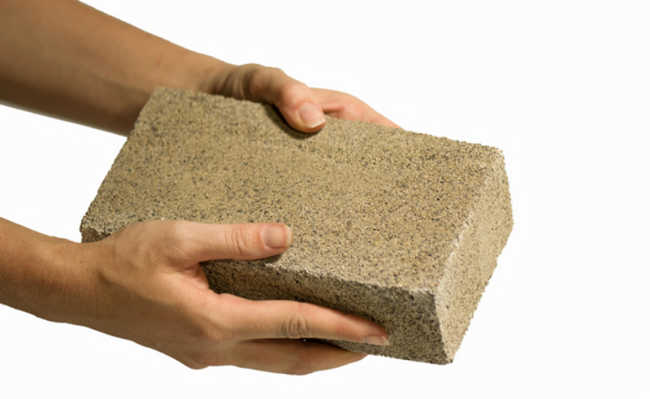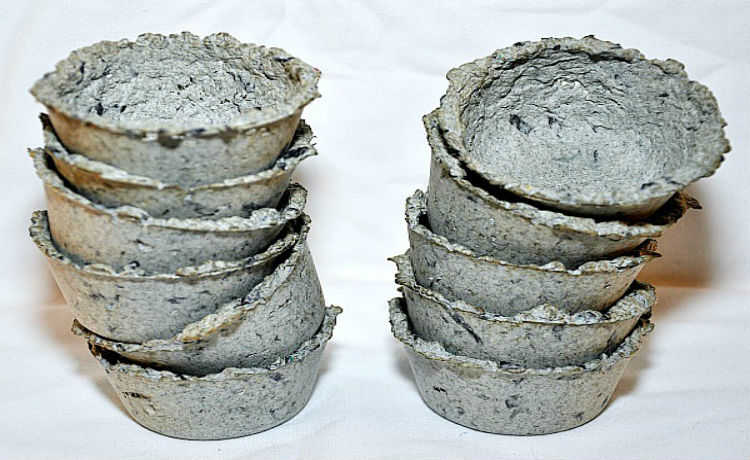What is petrolatum?
Silicone is a type of petrolatum, but petrolatum is not silicone... Confused, isn't it? Check out the article to better understand

Edited and resized image by Julian Böck is available on Unsplash
Petrolatum is one of the derivatives of crude oil, which, after dewaxing (removal of the paraffin) of heavy oils, turns into a colorless or yellowish gelatinous substance. It can also be marketed under the name Vaseline, mineral oil, or liquid paraffin, and is used in medicines, cosmetics and hair care products on a large scale, thanks to its low cost.
- What is pre-salt?
It can, yes, be used as a raw material in silicones, but not all silicone is necessarily made from petrolatum. This you understand better in our specific article on silicones.
Petroleum derivatives are widely used in hair care products - and also in body lotions and moisturizers - with the name on the label of paraffinum liquid or mineral oil. Currently, there has been a controversy regarding this compound, which gives softness to the yarn - however, such advantage comes at a price.
The issue, regarding the cosmetic industry and the health of hair and skin, is that there is no moisturizing factor in mineral oil, so even if you use a product many times (a hydration mask, for example), it does not it can penetrate the deepest layers of our tissues and transport vital components with it. In addition, an impermeable film is created, not allowing hydration to be lost, superficially causing a soft effect to the hair, but, in reality, it bars nutritional replacement when this hydration ends. It can also build up and cause clogging of pores - in hair, this makes growth difficult; on the skin, can cause dermatitis.
The scalp's natural oils are rich in nutrients, but in our society it is seen as dirty, even though the skin, hair and even our organs make good use of oils. The cosmetic industry uses aggressive sulfates (such as sodium lauryl sulfate) to create a lot of foam, "synonymous" with cleanliness. The everyday impurities go away, but we also lose all the essential protective cover, the result of the evolutionary intelligence of our species as a whole. A very common consequence of this modern habit is excessive oiliness, as well as dandruff.
Removing these nutrients and then replacing them with a mask or conditioner that has no moisturizing factor, is like slowly killing hair and skin of hunger or thirst. That's why the tips break off or the root doesn't grow.
The techniques in the well and Low Poo they seek to break this cycle, abolishing both the sulfates that deprotect the scalp, and petrolatum, which cover the hair, and focusing on healthier ingredients, such as ceramides, keratin, oats, moisturizers, etc.
Health

Edited and resized image by Tim Mossholder is available on Unsplash
Using petroleum-derived substances on the hair, in addition to not really hydrating them (since it only creates waterproofing on the hair, as already mentioned), it can have bad consequences for human health and the environment.
Some of the commonly used items for hair care are considered potentially carcinogenic by the International Agency for Research on Cancer (IARC). Running them through your head every day might not be a good idea.
The concentrations used in the cosmetic industry currently have safe levels for human consumption. How can you check the scientific articles linked here. This does not, however, prevent certain people from having allergies to the product and its derivatives.
Not to mention that many items, such as sulfate, have a detergent function. As they are dumped in rivers and water bodies after traveling through sewage pipes, they cause eutrophication (increase of organic matter on the surface), which prevents the passage of sunlight in such places, which harms fauna and biodiversity.
Environment
Petrolates are a mixture of hydrocarbons, having a melting point close to the temperature of the human body, on average 37°C, so they are not advisable as thermoprotective products, since straightening boards can reach from 180°C to 230°C What's more, hair dryers also reach high temperatures. Not soluble in water, they are soluble, however, in dichloromethane, chloroform (as it is), benzene, diethyl ether, carbon disulfide and Turpentine (Turpentine), showing how it is not ecological.
It is harmful to aquatic organisms, and contaminated water is unfit for human use or consumption. Spillage or disposal in nature should be avoided, as they can reach underground water tables via percolation (absorption by the porosity of the soil). On the water surface, as it is denser in relation to it and poorly soluble, it forms an impermeable film between the liquid and the atmosphere, preventing the plankton from carrying out healthy gas exchanges of oxygen with the air, which negatively affects it. Fortunately, it doesn't evaporate as it has low vapor pressure.
It has high adsorption, that is, impregnation in soils, and is not biodegradable.
To understand the toxicity of a substance in an organism, the terms EC50 (Effective Concentration) and LC50 (Lethal Concentration) are used, and it is important to mention the time of exposure of the animal to the toxic product. For fish, after 96 hours of contact, the LC50 lethal index is 38.14mg/L. For the Daphnia crustacean, or water flea, the EC50 is 0.62mg/L after two days of exposure. For algae in general, the LC50 is 15.45mg/L after 4 days.
List
To avoid the damage mentioned above, remember that petrolatum is described in hair care products with the following names:
- Paraffinum liquid;
- Mineral Oil/Mineral Oil;
- Petrolatum;
- Vaseline;
- Isoparaffin;
- C12-20 Isoparaffin;
- C13-14 Isoparaffin;
- Isododecane;
- Isododecene;
- Dodecene;
- Dodecane;
- Alkane.
We also have a list of the names of the aggressive sulfates you can find in stores. It is important to replace the products you already have with more natural ones, such as pure vegetable oils, which you can find in eCycle store. Oh, how about becoming an adept at the techniques Low Poo and in the well when washing your hair?

